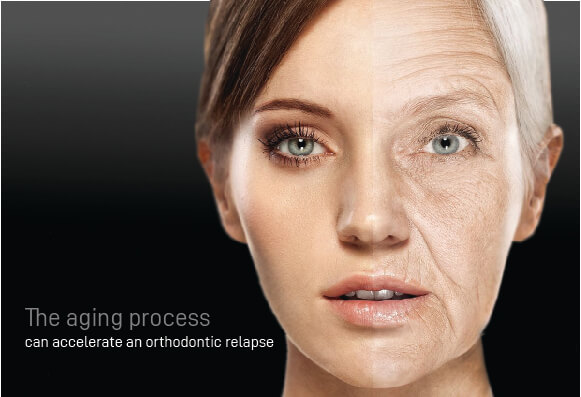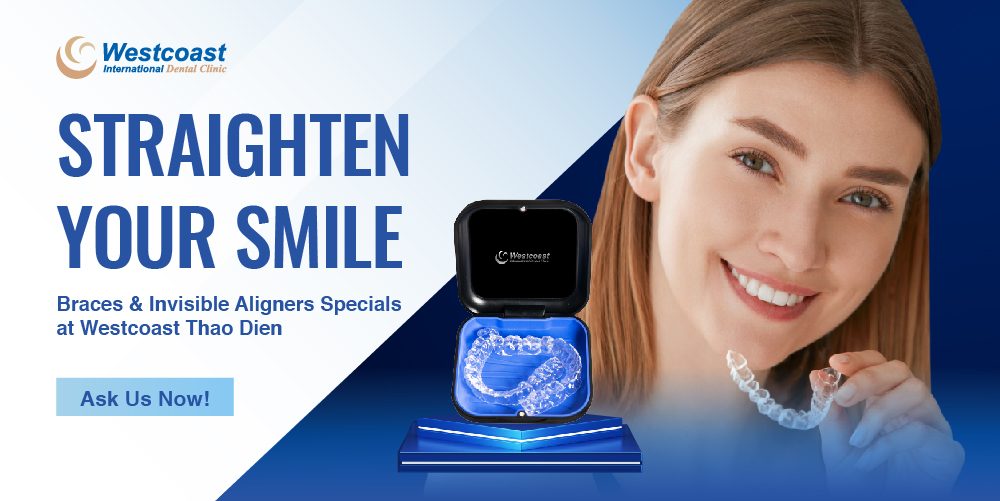Orthodontic Relapse
Understanding and Addressing Teeth Shifting Post-Treatment
Orthodontic relapse occurs when teeth shift into unfavorable positions after completing orthodontic treatments. In severe cases, teeth may return to their original misaligned state. This can be disappointing and may require repeating the process, leading to additional time and costs.
#9. Importance of Retainers
Failing to wear retainers consistently is the most common cause of orthodontic relapse. Many individuals achieve perfectly aligned teeth only to experience shifts years later due to neglecting their retainers. Orthodontists recommend a lifelong commitment to wearing retainers daily or at least 2–3 times weekly. Retainers, whether removable or fixed, are crucial in maintaining alignment. Consistent use and regular monitoring can significantly reduce the risk of relapse. Retainers also help stabilize the teeth while the surrounding bone and tissue adapt to their new positions.
#8. Follow-Up Care

Regular follow-ups with your orthodontist are essential for long-term success. Periodic checkups ensure your retainers, bite, and alignment remain stable. These visits also allow orthodontists to make necessary adjustments or address early signs of shifting. Fixed retainers, often glued onto the lower arch, require routine checks to ensure they remain secure. Replace loose or broken retainers immediately to avoid relapse. Aim for post-braces consultations every six months to maintain optimal alignment. Your orthodontist can also provide advice on maintaining oral hygiene specific to your retainers
#7. Addressing Myofunctional and Neuromuscular Issues
Untreated myofunctional or neuromuscular predispositions can lead to relapse. These issues, such as tongue thrusting or mouth breathing, exert undue pressure on teeth. Orthodontists often address habits like thumb-sucking or swallowing issues before starting treatment. Without intervention, corrected alignment may relapse quickly. Professional myofunctional therapy can help resolve these problems, ensuring better stability and alignment. Identifying these habits early is key to avoiding future complications and achieving lasting results.
#6. The Role of Genetics in Orthodontic Relapse
Genetic predispositions significantly impact orthodontic outcomes. Even naturally straight teeth can shift due to genetic factors, especially during adulthood and aging. Some individuals are more prone to periodontal disease and tooth loss because of their genetic makeup. Exceptional oral care and regular dental checkups are vital in managing genetic risks and preventing relapse. Recognizing your family history can help tailor a preventive care plan and provide better insights into potential challenges
#5. Late Stage Tooth Eruption
The eruption of third molars, or wisdom teeth, often contributes to relapse. These teeth typically emerge between ages 18–21, after patients complete orthodontic treatments. The pressure from erupting molars can cause crowding and shifting. Orthodontic research supports early removal of wisdom teeth to enhance long-term stability. Strict retention during growth periods is also critical for younger patients with skeletal growth issues. Monitoring tooth development with regular dental imaging can prevent unexpected complications.
#4. Competent Orthodontic Care
Choosing an experienced orthodontist is essential for successful treatment and relapse prevention. Poorly executed treatments and insufficient follow-up care can lead to accelerated relapse. Proper treatment planning, including decisions on extractions, ensures better outcomes. A reputable orthodontist considers all factors, including age, genetics, and oral predispositions, during evaluation and treatment. The expertise and attention to detail of your orthodontist directly influence the stability and longevity of your results.
#3. Aging and Orthodontic Relapse
The aging process affects teeth, leading to shifts even years after treatment. Enamel wears down, and teeth may weaken, becoming more brittle and misaligned. Reduced ability to maintain oral hygiene due to physical limitations can accelerate these changes. Proactive oral care and a healthy lifestyle are critical in mitigating the effects of aging on dental alignment. Regular cleanings and fluoride treatments help strengthen teeth and reduce the risk of age-related shifting.
#2. Periodontal Disease and Orthodontic Relapse
Periodontal disease compromises oral health and can cause relapse. Conditions like diabetes, stress, and smoking increase susceptibility. Orthodontists include periodontal evaluations as part of the initial assessment. Managing these conditions during and after treatment helps achieve long-term alignment stability. Comprehensive maintenance and preventive care are crucial for patients prone to periodontal issues. Early detection and intervention are essential for preserving both oral health and alignment.
#1. Tooth Loss can destroy your corrected alignment and trigger a orthodontic relapse
Tooth loss can lead to orthodontic relapse as surrounding teeth shift into the gap. This phenomenon, known as mesial drift, disrupts corrected alignment. Consistent oral hygiene and preventive care are mandatory to maintain alignment. Addressing myofunctional and neuromuscular issues before treatment further supports long-term results. Dental implants or bridges can also stabilize the bite and prevent surrounding teeth from shifting..
Orthodontic relapse is preventable with diligence and proper care. Consistent retainer use, regular orthodontic checkups, and addressing underlying issues are critical for maintaining results. Adopting a proactive approach to dental hygiene, including daily brushing and flossing, ensures long-term stability. Investing in your oral health today protects your alignment and enhances your overall quality of life.
Westcoast International Dental Clinic has more than 15 years of experience in Vietnam. They provide expert care for orthodontic relapse and other dental concerns. Regular consultations and diligent care are your best defense against relapse, ensuring your smile stays aligned for years to come.










